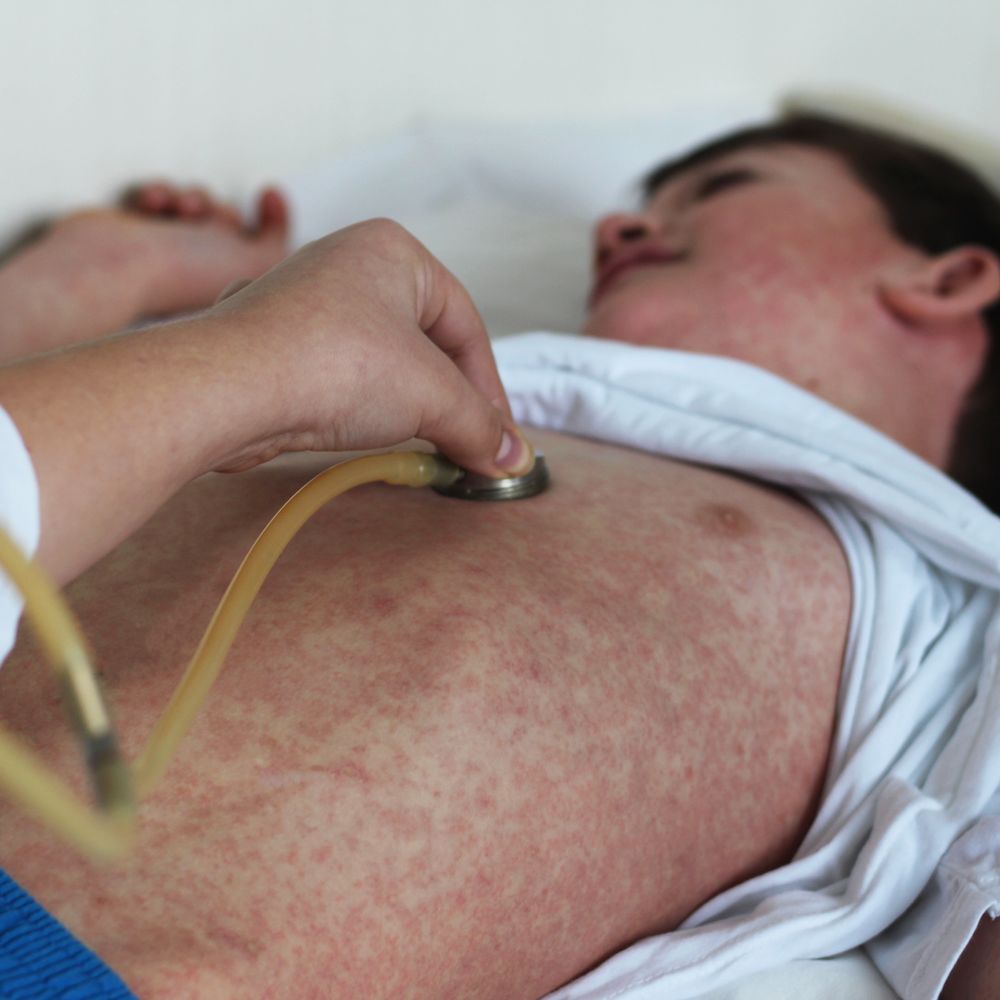In type 1 diabetes mellitus, the body attacks the pancreas. By forming antibodies, so-called autoantibodies, and autoreactive immune cells, damages certain cells in the pancreas.

The destruction of these beta cells prevents the production of the body’s own insulin and this, in turn, prevents the transport of sugar from the blood into the cells. Which risk factors are known and can promote the development of type 1 diabetes.
Type 1 Diabetes: The body’s battle against itself
The metabolic disease diabetes mellitus type 1 is an autoimmune disease and usually occurs in childhood and adolescence. The body’s own immune system is wrongly directed against the body’s own cells – in this case, the beta cells in the pancreas (pancreas) and the insulin they produce. Those affected must therefore take insulin every day in order to be able to process the food they eat and lower their blood sugar levels.
Risk factors for type 1 diabetes
It is still largely unknown why the body mistakenly classifies the beta cells of the pancreas and the insulin they produce as “hostile” and damages them. However, certain risk factors are known which, according to the current state of knowledge, make the occurrence of type 1 diabetes more likely:
- genetic influences
- certain risk genes
- infectious diseases
- toxins from the environment
- birth by cesarean section
- Giving children foods containing gluten too early
Hereditary influences of type 1 diabetes mellitus
A genetic predisposition significantly increases the risk of disease. Type 1 diabetes runs more frequently in some families. If your own mother, father, brother, or sister has type 1 diabetes, your own risk of developing the disease is around 15 times higher than without family influence. Children born to fathers with type 1 diabetes are twice as likely to develop the metabolic disease as children born to mothers with type 1 diabetes. If both parents are ill, the own risk of illness is about 25 percent. But: Having a genetic predisposition does not automatically mean that type 1 diabetes will break out in every case.
“It is important to know that it is not a single factor that causes type 1 diabetes. There are usually several factors at play. Genetic predisposition is of the greatest importance. In combination with certain environmental factors, the risk of developing the disease increases.”, explains Dr. Martin Scherm, a scientist at the Institute for Diabetes Research (IDF) at Helmholtz Zentrum München. “Once autoantibodies have formed against certain antigens of the pancreas, such as insulin, diabetes is inevitable. However, it is unclear when the metabolic disease occurs. This can be a few months after the appearance of the autoantibodies, but sometimes only many years later.”
Risk genes for type 1 diabetes
People with a family history who also carry a risk gene have the highest risk of developing type 1 diabetes. According to the German Center for Diabetes Research (DZD), type 1 diabetes is a polygenic disease. This means that many different genes are involved in the development of “diabetes”.
“There is not just one risk gene. So far, many disease-relevant genes have been identified. The risk of type 1 diabetes can be determined with the help of screening, in which a small drop of blood is taken from children, for example as part of the respective check-up,” says shear “Should it be determined in such a screening that a child has an increased risk of disease or even islet autoantibodies in the blood, it can be optimally cared for and treated right from the start. This can prevent life-threatening hyperglycemia, which can occur relatively quickly and without warning. Affected children and parents are also given detailed information and advice, and there are now new treatment attempts to prevent the disease from progressing.
Immunological processes of type 1 diabetes
The actual development of the disease is based on immunological processes. Type 1 diabetes is referred to as an autoimmune disease because the immune system attacks the body’s own insulin-producing cells in the pancreas – more precisely the beta cells in the islets of Langerhans – and destroys them. The attack of the T-cells triggers a chronic inflammatory process, as a result of which the beta-cells partially or completely die off. Insulin production comes to a standstill. If the amount of insulin drops to a certain level, the disease breaks out. Certain external influencing variables can promote this mismanagement.
The influence of enteroviruses on the risk of diabetes
“The immune system plays an important role in the development of type 1 diabetes. Among other things, it is possible that the body’s own defenses are misdirected by infectious diseases. Current studies see a risk in enteroviruses, especially in coxsackieviruses,” explains the diabetes researcher. “In mice, hyperglycemia could be triggered by a targeted infection with these viruses. The underlying mechanisms have not been conclusively clarified, including the extent to which the virus itself leads to inflammation and tissue damage in the pancreas, which in turn could cause the immune system to react excessively.”
Most infections caused by enteroviruses are asymptomatic and are not noticed by those affected. However, the enteroviruses can also cause non-specific febrile illnesses, sometimes associated with skin rashes. They can also cause a number of diseases, such as respiratory diseases such as “summer flu”, aseptic meningitis (inflammation of the meninges) or viral myocarditis (inflammation of the heart muscle).
The role of environmental factors in the development of type 1 diabetes
In addition to viruses, other environmental influences are suspected of increasing the risk of developing type 1 diabetes. “These include air pollution, high ozone levels, sulfates in the air, and nitrosamines. However, conclusive evidence is lacking,” explains Scherm. “Also discussed is passive smoking as an accelerating factor.”
There is also evidence that giving birth by cesarean section may increase the risk of type 1 diabetes in children with a genetic predisposition. Feeding foods containing gluten before the age of three months is also discussed as a risk factor. But here, too, there is a lack of scientific studies that prove this beyond any doubt. “It is also unclear whether gluten plays a role, such as having a high level of immune activation, or whether it is an overall high-calorie diet that may put the pancreas under stress,” says Scherm. “There is still a lot of research that needs to be done – also with regard to preventive measures. So far, the onset of the disease cannot be prevented. Type 1 diabetes is also not yet curable.”




